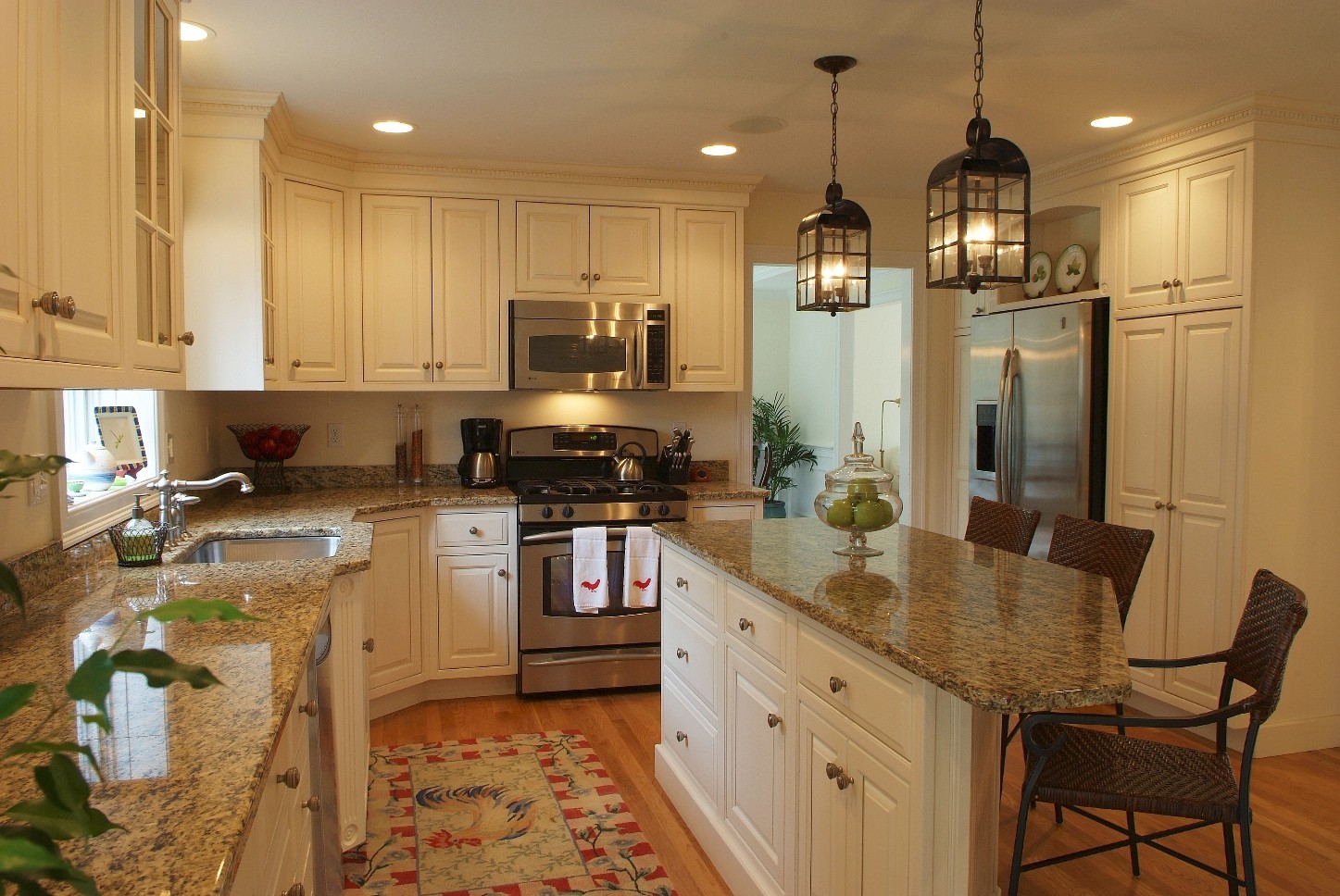Repainting the kitchen cabinetry can be an excellent way to refresh the area without having to spend the hefty price tag of a full remodel. Whether you are looking to refresh an outdated look or simply apply your cabinets a fresh coat of paint or stain, understanding the do's and don'ts of kitchen cabinet refinishing is essential for achieving professional results. With the right method, you can turn your kitchen into a beautiful area that shows your personal style.
On the other hand, the process can be daunting if you're not familiar with the techniques and materials involved. Starting with choosing the ideal finish to ensuring adequate preparation and application, every step plays a key role in the outcome. This article will guide you through the essential tips and common mistakes to avoid, assisting you navigate your refinishing project with confidence and creativity.
Essential Do's for Successful Cabinet Refinishing
When embarking on a kitchen cabinet refinishing project, it is vital to prepare your workspace carefully. Begin by taking off all cabinet doors and hardware, like knobs and hinges, to create a clean surface for refinishing. This step not only guarantees that every part of the cabinets is accessible but also avoids any detrimental effects to surrounding areas. Additionally, cover nearby surfaces with drop cloths or plastic sheets to protect them from dust and splatters during the refinishing procedure.
Properly washing the cabinets before you start refinishing is necessary for obtaining a smooth and even finish. Use a cleaning solution to eliminate any built-up grease, grime, or sticky residue. Once cleaned, sand the surfaces lightly to create a texture that allows the new finish to adhere better. Pay special attention to corners and edges, as these areas can often be missed but considerably affect the final appearance if not properly addressed.
Selecting the right finish for your cabinets is critical to a victorious refinishing project. Consider using a high-quality paint or stain specially formulated for cabinets, as these products often include durable ingredients that resist chipping and wear. Additionally, applying a safeguarding topcoat can enhance the longevity of the finish, making it easier to maintain over the years. Take the opportunity to trial finishes on a small area before fully deciding, ensuring you achieve the desired look for your kitchen.
Frequent Don'ts to Avoid During the Process
One common mistake in cuisine cabinet refinishing is neglecting the prep work. Many homeowners underestimate the importance of thoroughly cleaning and sanding the surfaces before applying any paint or finish. Overlooking this step can lead to subpar adhesion, resulting in a finish that chips or wears off over time. Always confirm you thoroughly clean the cabinets and smooth them to create a smooth surface for refinishing.
A further common error is selecting the wrong type of paint or finish. Not all paints are suitable for kitchen cabinets, especially in a heavily utilized area where moisture and heat are widespread. Using typical wall paint can result in an uneven finish or wear under kitchen conditions. Instead, choose products specifically designed for cabinets, as they offer superior durability and a more even application.

Finally, don’t hurry the drying time. After putting on the paint or finish, it may be tempting to quicken the process by applying extra coats too quickly. However, doing so can lead to a tacky surface and inconsistent texture. Always give adequate time for each coat to dry completely before moving on, guaranteeing a polished look and durable results.
Advice for Attaining a Professional Look
To achieve a refined look when renovating your kitchen cabinets, proper surface preparation is crucial. Start by removing all fixtures, doors, and drawers to expose every part of the cabinet surfaces. Clean the wood carefully using a degreaser to get rid of any grease or grime that has accumulated over time. Smooth the surfaces carefully to create a textured surface that will help the new finish stick better. Make sure to fill any dings or blemishes with wood filler, permitting it to cure completely before sanding it flat.
Opting for the suitable finish is also essential for a polished appearance. Opt for premium paint or stain that is specially made for cabinetry. When putting on paint, look into using a sprayer for a sleek coat, or use a foam roller and brush technique to minimize brush marks. Be patient and apply thin coats, giving adequate drying time between each layer. Diamond Spray Finishers improves the strength of the finish but also enhances the total appearance of your cabinets.
Finally, after your cabinets have been refinished and are fully cured, reattach all hardware and doors with attention. Make sure to install hinges and handles that complement your new finish for a cohesive look. To protect your newly refinished cabinets, think about applying a clear topcoat for increased durability. This supplementary layer will help shield against scratches and wear, guaranteeing your kitchen cabinets maintain their stunning appearance for a long time to come.
